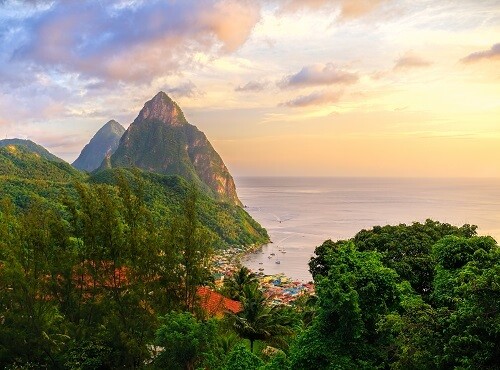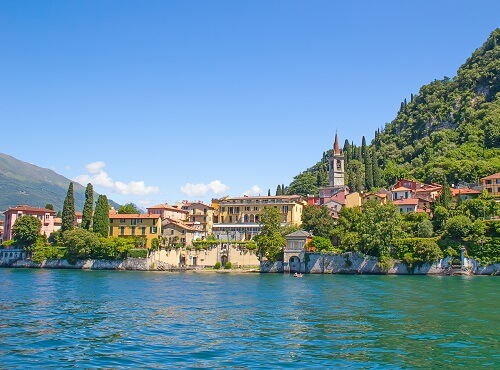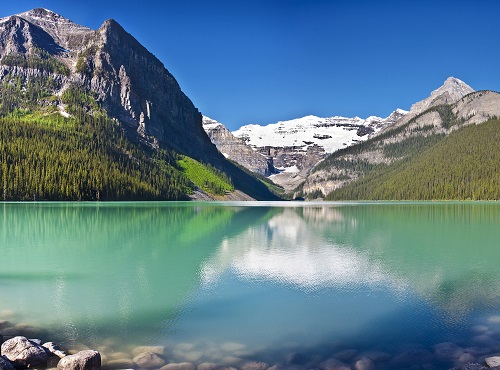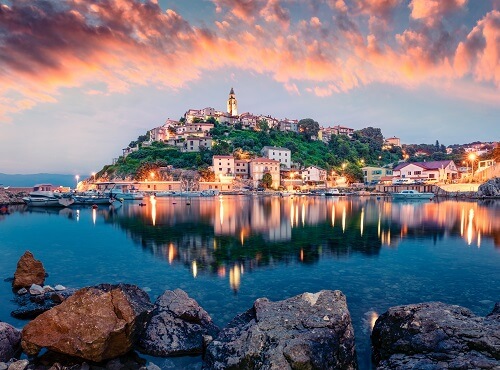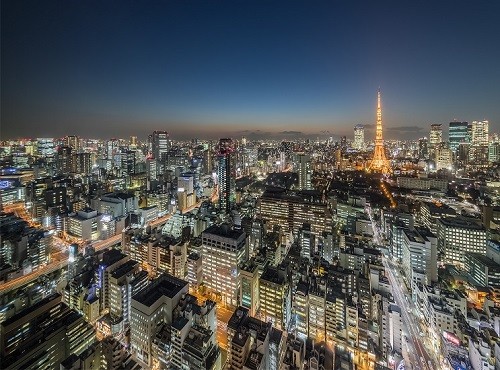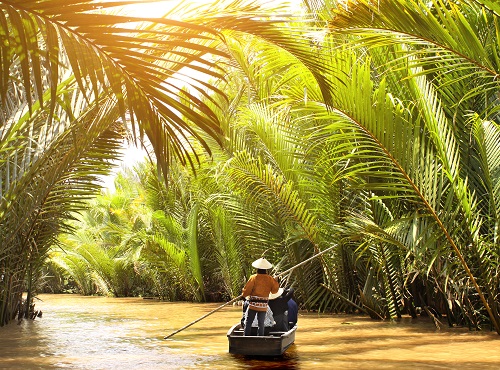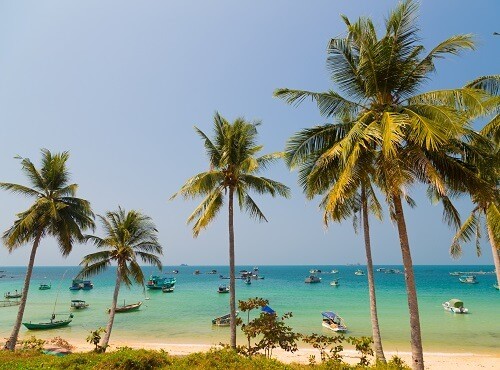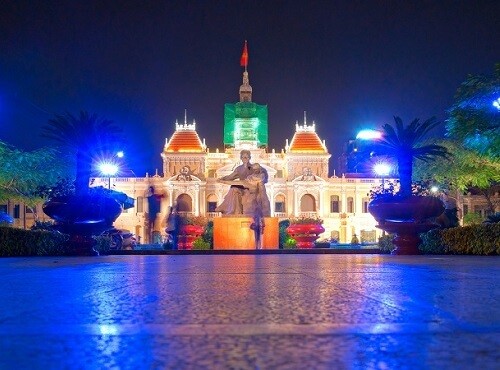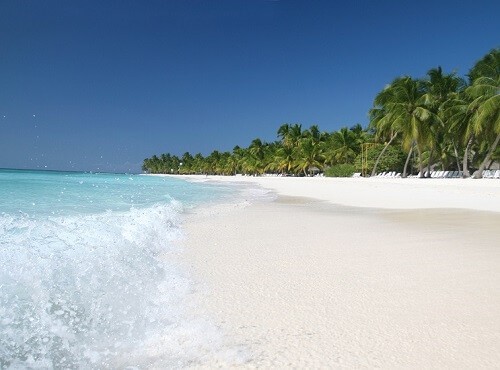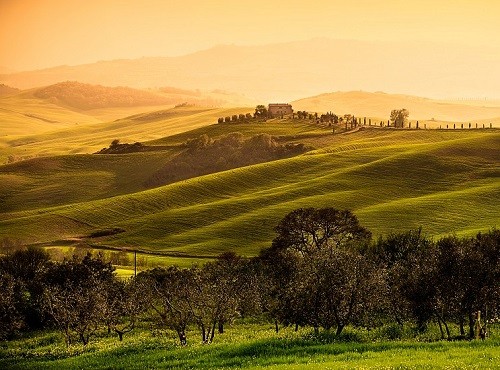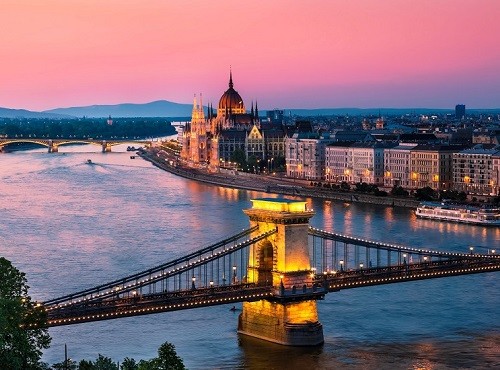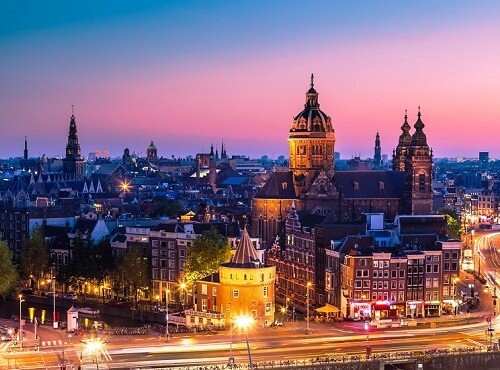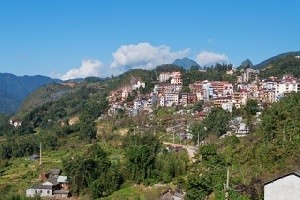
In Colonial times, Sapa was used as a hill station…
by the French looking to escape the tropical heat of the lowlands, and due to the French colonial influence the town has an architecturally European look to it. Known as “the Tonkinese Alps” the feel of an alpine resort is further enhanced by the thick pine forests of the surrounding slopes – and raclette and fondu found on some of the menus!
The town overlooks a steep valley of cascading rice terraces with mountains towering above on all sides. The hillsides have been terraced over the years by the local tribes people to make level fields which can be flooded to grow rice. The vast scale of the terracing is awe-inspiring and it is spectacular to watch the late afternoon sun illuminate the lush green rice fields in a dazzling glow.
The best way to get to Sapa is via the overnight sleeper train from Vietnam’s buzzing Capital city, Hanoi.
The train brings you to Lai Cai and from there it is an hours scenic drive to your destination. One of the most fascinating aspects of Sapa is the mix of local hill-tribes who fill the town with colour. In the streets you’ll notice the different ethnic groups, mainly the Black H’Mong, Giay, Red Dzao, and Yao. You can identify them by the different head gear that they wear. Both Black H’Mong and Giay both wear similar Indigo dyed hemp clothes, but the Giay have round pillbox hats. The Red Dzao women have bright red balloonish head dress, and they have the front of their heads shaved. You’ll occasionally see other Minority Group women such as Yao with a checked scarf head-dress (there are more ethnic communities in the area too that don’t come into SaPa).
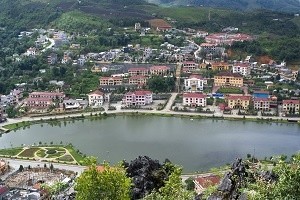
The H’mong people are great traders…
and although many have had little formal education, all the children speak English, French and a handful of other languages! They are, however, known to pester tourists to buy from them though so it is recommended that you don’t buy from street traders. It is suggested that you give useful gifts to the schools that you pass such as pens and pencils, ealso never give the children sweets, toothbrushes are more helpful. Weekend markets are a good place to pick up colourful clothing, jewellery and other local handicrafts
Trekking is the main reason to come to Sapa. There are treks to suit all levels of fitness from easy day walks to more hard-core hiking which include overnight stays with local tribes. All are accompanied by English-speaking guides. The trails take in a diverse range of landscapes, as well as some of the hill tribe villages where life continues relatively untouched by the modern world and ancient beliefs still hold sway. At lower altitudes, the trails lead through rice paddies and orchards, at higher altitudes through bamboo forest and pine trees. The area is also renowned for the hundreds of species of orchid that grow prolifically in the forests.
Sapa is also the starting point for treks to the top of Mt. Fansipan, at 3,143m it is the highest peak in Vietnam as well as the entire Indochina Peninsula. The area is undoubtedly an inspirational and incredibly beautiful place to explore.
If you are looking to include Sapa in your travel plans, why not take a look at our Northern Vietnam & Beach itinerary, alternatively there’s our Vietnam Multi Centre holidays page which features all of our most popular itineraries.





